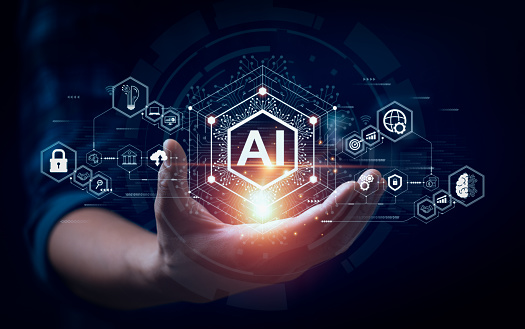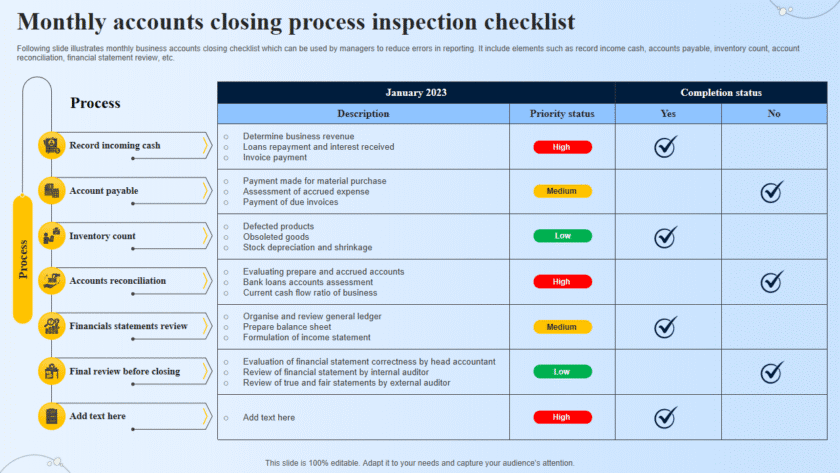Artificial Intelligence (AI) is revolutionizing various sectors, and cybersecurity is no exception. By automating threat detection, improving response times, and enhancing overall security measures, AI is becoming an integral part of modern cybersecurity strategies. Here’s a detailed look at how AI is transforming cybersecurity:
1. Enhanced Threat Detection
- Machine Learning Algorithms: AI-powered systems use machine learning algorithms to analyze vast amounts of data and identify patterns that may indicate a cyber threat. These algorithms learn from past incidents to detect anomalies and predict potential threats.
- Behavioral Analysis: AI can monitor user behavior and network traffic to detect unusual patterns that may signify a security breach. By understanding what constitutes normal behavior, AI systems can quickly identify deviations that may indicate malicious activity.
2. Automated Response and Mitigation
- Real-Time Threat Response: AI systems can automatically respond to detected threats in real-time, minimizing the damage caused by cyber attacks. For instance, AI can isolate affected systems, block malicious IP addresses, and initiate countermeasures without human intervention.
- Incident Analysis and Reporting: AI can analyze security incidents to determine their root cause and generate detailed reports. This helps security teams understand the nature of the attack and implement measures to prevent future incidents.
3. Predictive Analytics
- Proactive Threat Hunting: AI can use predictive analytics to anticipate potential threats before they occur. By analyzing trends and patterns, AI systems can identify vulnerabilities that cybercriminals might exploit and take preemptive action to secure them.
- Risk Assessment: AI can assess the risk levels of various assets within an organization and prioritize security efforts accordingly. This ensures that the most critical systems and data are protected first.
4. Improved Malware Detection
- Advanced Malware Analysis: AI can analyze malware at a granular level, identifying its characteristics and behavior. This helps in detecting and mitigating new and evolving malware strains that traditional signature-based methods might miss.
- Dynamic Analysis: AI systems can perform dynamic analysis by executing suspicious files in a controlled environment to observe their behavior. This helps in identifying sophisticated malware that may evade static analysis techniques.
5. Enhanced User Authentication
- Biometric Authentication: AI-powered biometric systems, such as facial recognition and fingerprint scanning, provide a higher level of security for user authentication. These systems are more difficult to bypass compared to traditional password-based methods.
- Adaptive Authentication: AI can implement adaptive authentication methods that adjust security measures based on the risk level of a login attempt. For example, AI can require additional verification steps for login attempts from unfamiliar locations or devices.
6. Security Orchestration and Automation
- Integrated Security Solutions: AI can integrate and coordinate various security tools and systems within an organization, providing a unified defense mechanism. This ensures that all security measures work together seamlessly to protect against threats.
- Automated Workflows: AI can automate routine security tasks, such as patch management, vulnerability scanning, and compliance checks. This reduces the workload on security teams and allows them to focus on more complex tasks.
7. Threat Intelligence
- Data Aggregation and Analysis: AI can aggregate threat intelligence from multiple sources and analyze it to identify emerging threats. This helps organizations stay updated with the latest threat landscape and take timely action.
- Anomaly Detection: AI can detect anomalies in large datasets that might indicate a cyber threat. By analyzing data from various sources, AI systems can provide a comprehensive view of potential risks.
8. Phishing Detection
- Email Analysis: AI can analyze email content, metadata, and sender information to detect phishing attempts. By understanding the characteristics of phishing emails, AI can accurately identify and block them before they reach the user.
- URL Inspection: AI systems can inspect URLs embedded in emails and web pages to determine if they are malicious. This helps in preventing users from accessing phishing websites that could steal their credentials or deliver malware.
Conclusion
AI is fundamentally transforming cybersecurity by enhancing threat detection, automating responses, and improving overall security measures. By leveraging AI, organizations can stay ahead of cybercriminals, protect their assets, and ensure business continuity. However, it’s essential to continuously update and train AI systems to adapt to the ever-evolving threat landscape. The integration of AI in cybersecurity is not just a trend but a necessity in the modern digital age.






